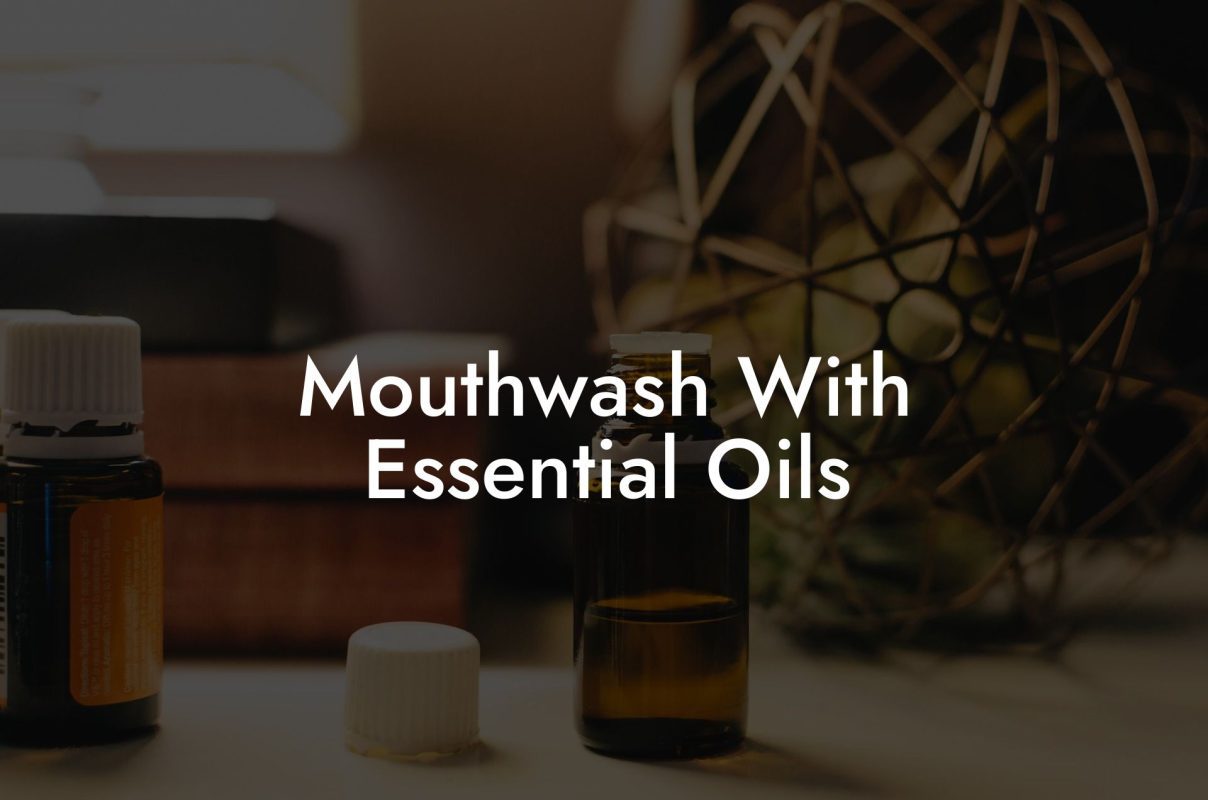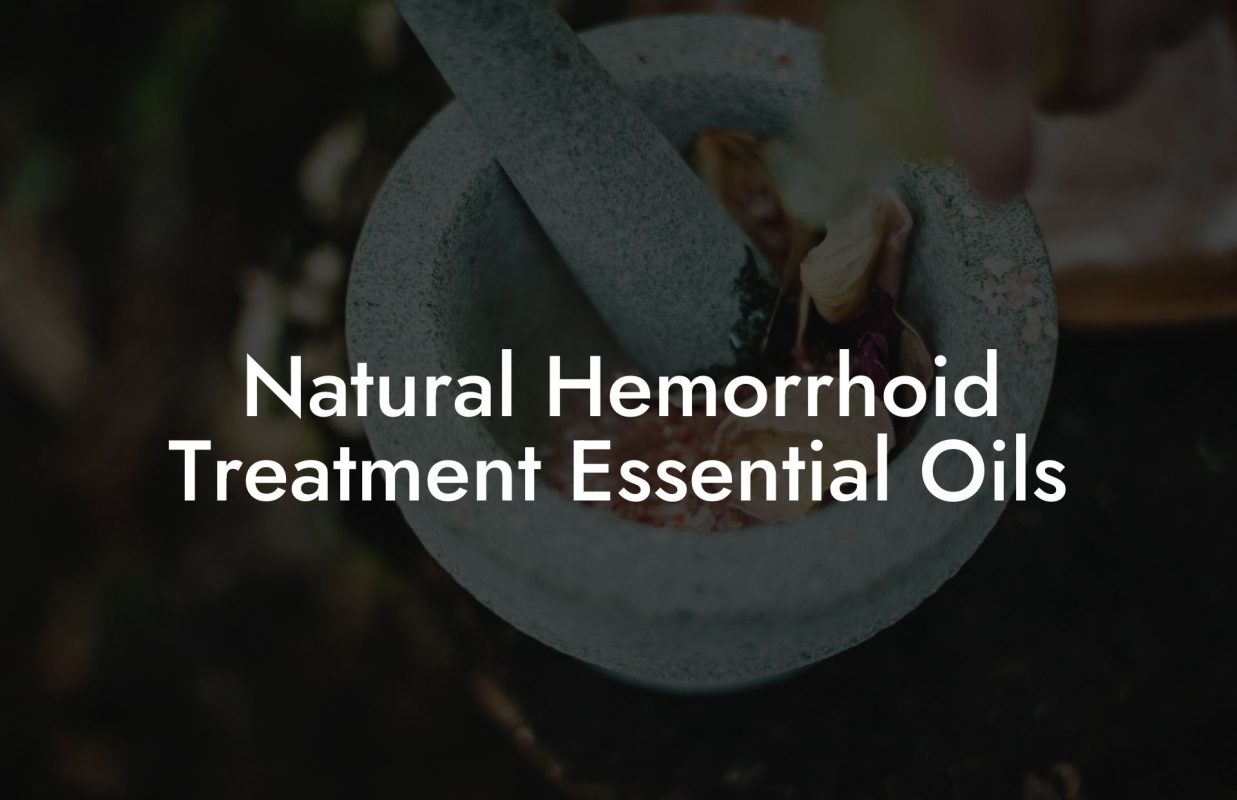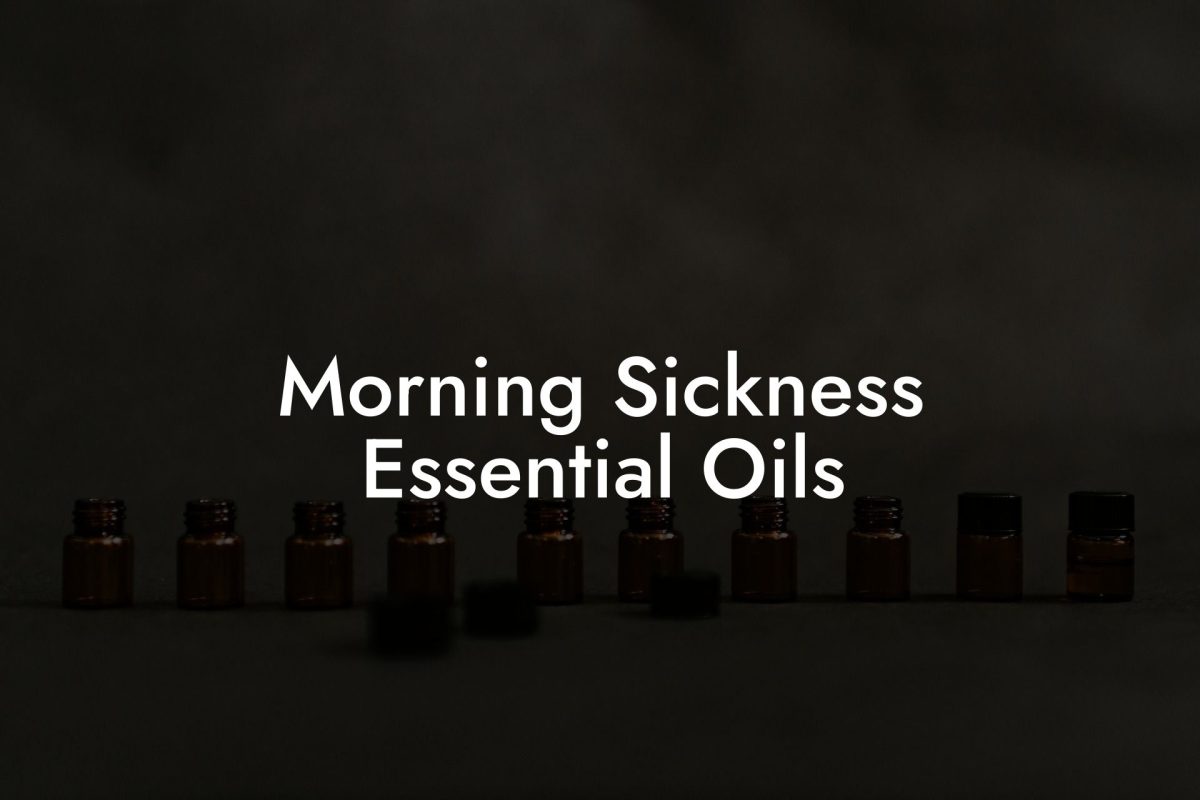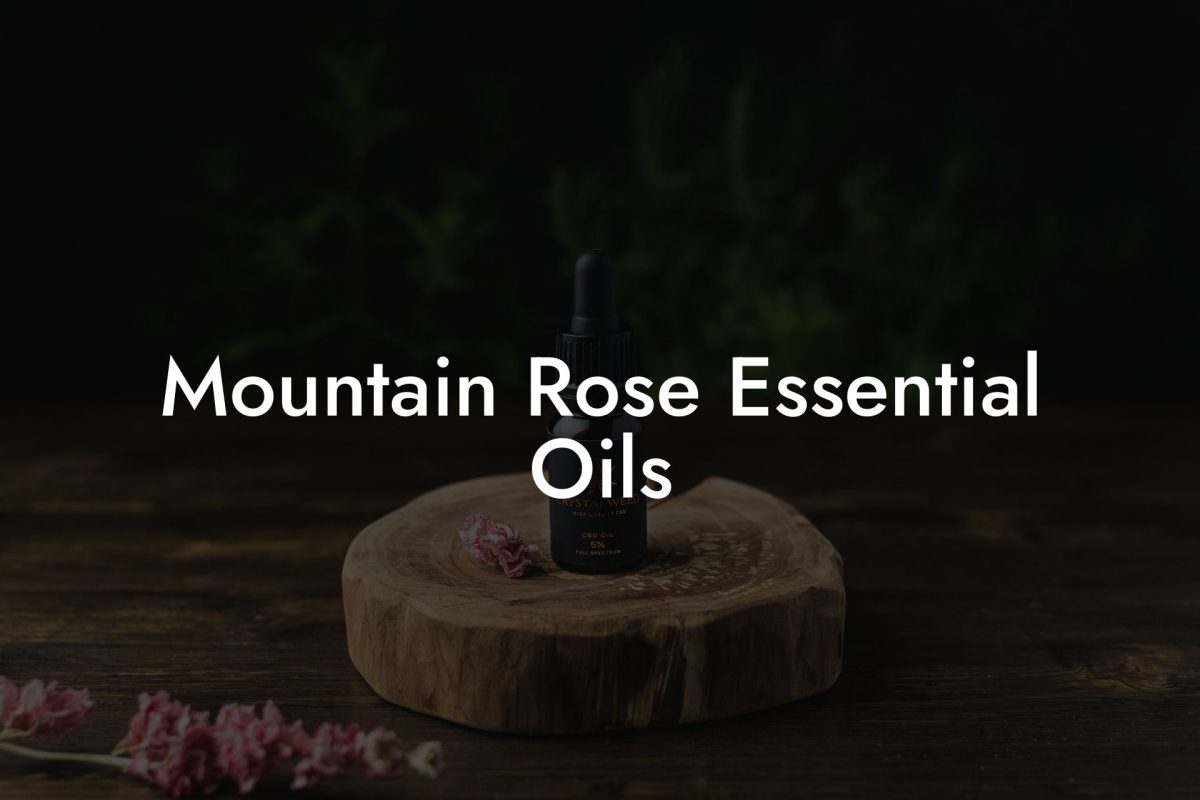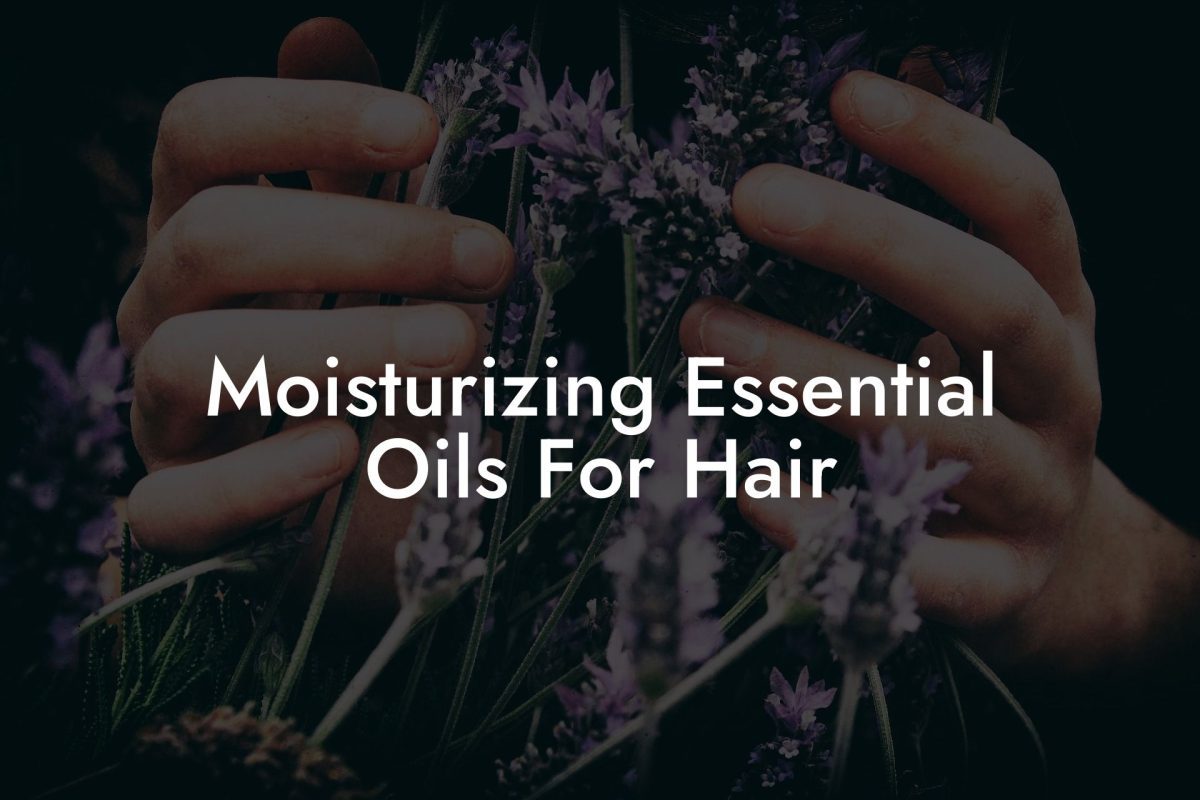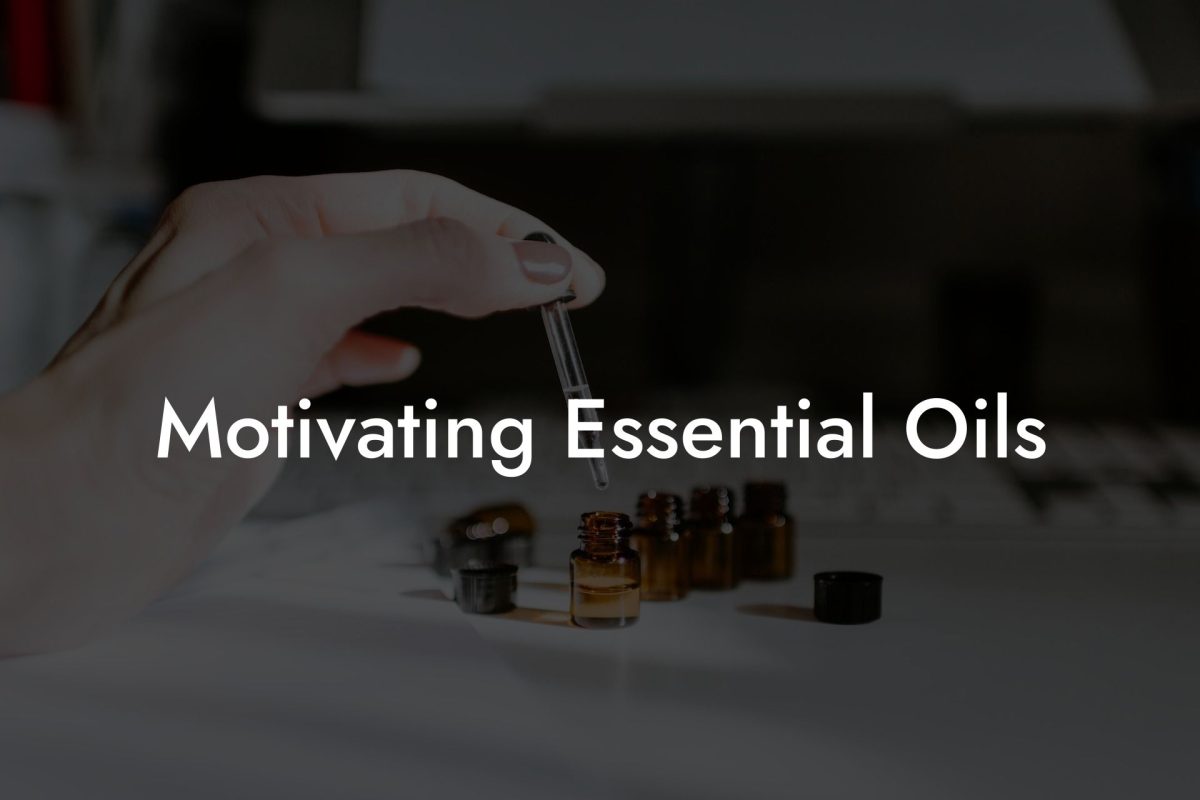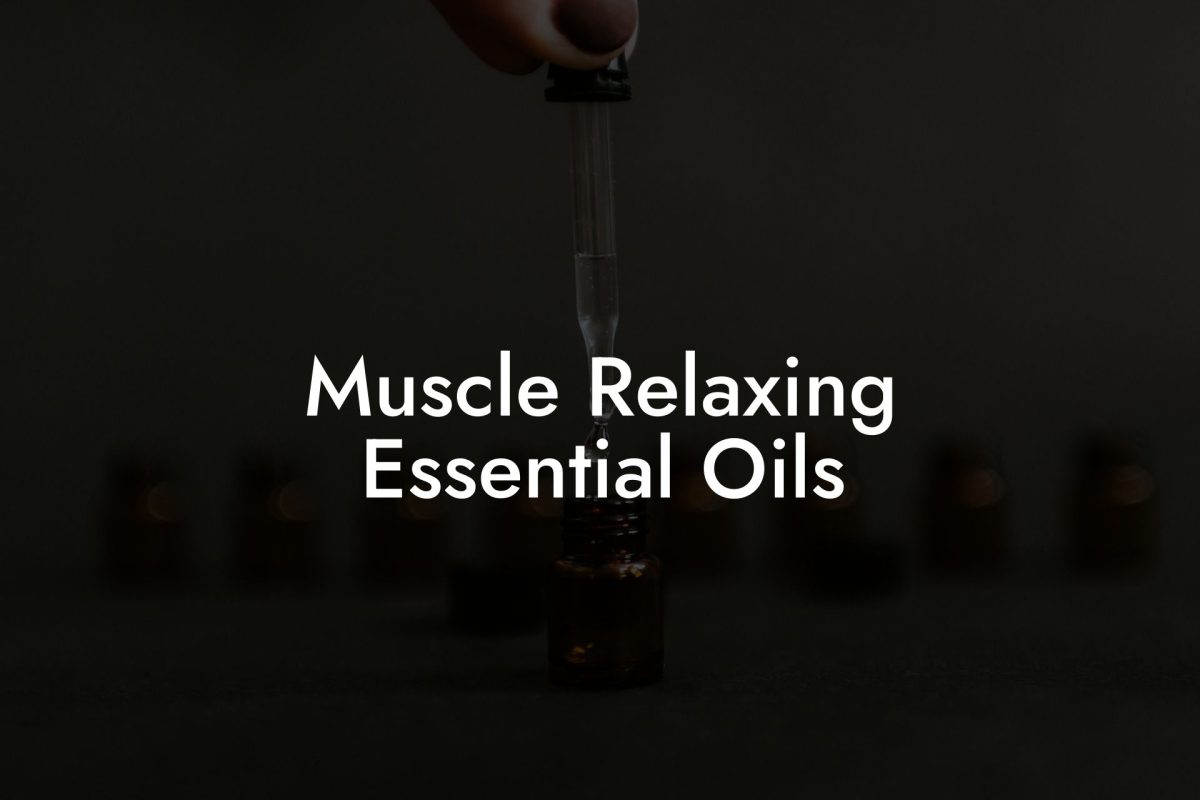Discover the secrets behind the production of essential oils and how these natural wonder elixirs are extracted to create the most concentrated and powerful healing components. Dive into the world of aromacology and uncover the fascinating extraction methods that result in the purest and finest quality essential oils for Oshu Oils.
Table of Contents
Steam Distillation
Steam distillation is the most common and widely used method of essential oil extraction. This process involves the use of steam to separate the oil from the plant material. The steam passes through the plant, breaking down the plant’s cell walls, and releases the volatile oil compounds. As they rise with the steam, the mixture is cooled and condensed back into a liquid, where the oil and the water separate. The essential oil is then collected, leaving the water byproduct known as hydrosol or floral water.
Advantages of Steam Distillation
- Produces high-quality and pure essential oils
- Efficient and cost-effective
- Suitable for heat-sensitive and fragile botanicals
Cold Pressing
Also known as expression or mechanical pressing, cold pressing is typically used for extracting essential oils from citrus fruits, such as oranges, lemons, and grapefruits. This method involves mechanically pressing the fruit peel or rind to release the essential oil without the use of heat or solvents. The result is a remarkably pure and fresh-scented oil, perfect for aromatherapy and uplifting moods.
Advantages of Cold Pressing
- Preserves the delicate aroma and therapeutic properties of citrus oils
- No heat or chemicals used, ensuring high-quality essential oils
- Environmentally friendly process
Solvent Extraction
Solvent extraction is used for obtaining essential oils from delicate flowers such as jasmine, rose, and neroli, which may be too fragile for steam distillation. This process involves the use of a solvent, usually hexane or ethanol, to dissolve the essential oil from the plant material. After the solvent evaporates, a semi-solid or solid substance called a concrete or resinoid is left behind. The essential oil is then extracted from these concentrated materials using alcohol, resulting in an absolute, which is a highly concentrated and aromatic essential oil.
Advantages of Solvent Extraction
- Ideal for temperature-sensitive and delicate botanicals
- Produces highly concentrated and fragrant absolutes
- Efficient and effective method for extracting trace amounts of oil
Essential Oils Extraction Example:
Creating lavender essential oil using steam distillation:
1. Harvest fresh lavender flowers and stems, ideally in the morning after the dew has evaporated.
2. Place the lavender in a steam distillation unit, with fragrant buds facing downward.
3. Allow steam to pass through the plant material, capturing the essential oil molecules.
4. The steam and oil mixture condenses back into a liquid and then separates into essential oil and hydrosol.
5. Collect the essential oil and enjoy the soothing, relaxing benefits of your very own lavender essential oil.
Now that you’ve explored the world of essential oils extraction, it’s time to experience the incredible benefits they offer firsthand. Dive into Oshu Oils’ collection of artisan essential earth oils, expertly crafted for your sleep, energy, work, stress management, and overall wellbeing. Don’t forget to share this article with your friends and family to spread the knowledge of aromacology and the healing power of essential oils. Moreover, stay tuned for more informative guides and insights from the Oshu Oils blog.


